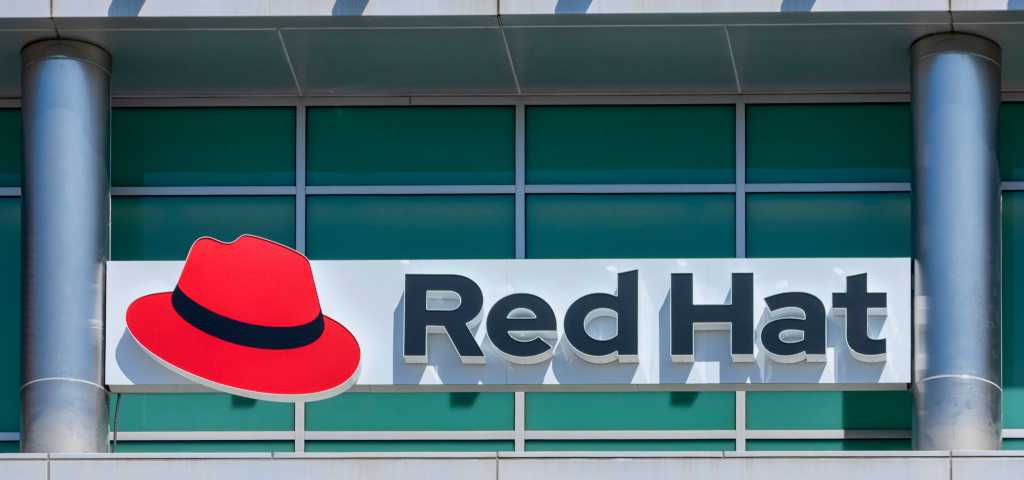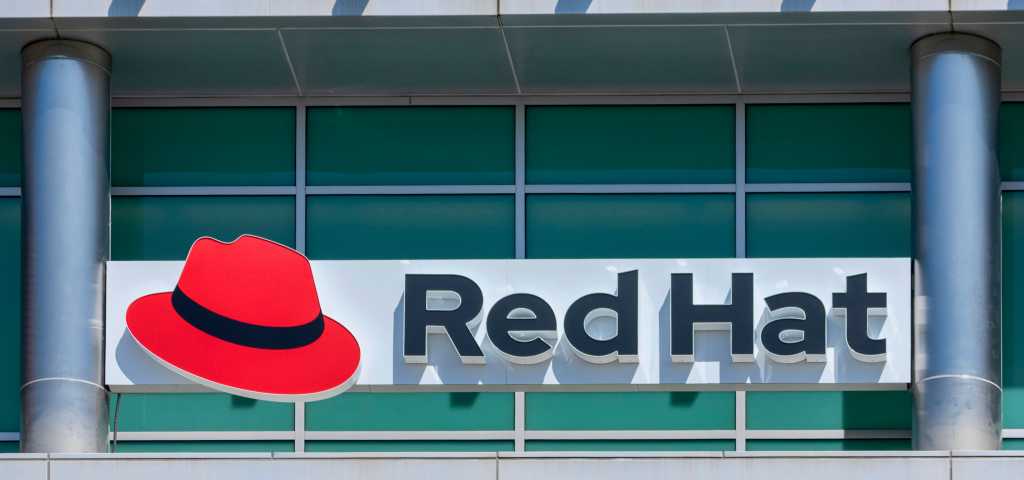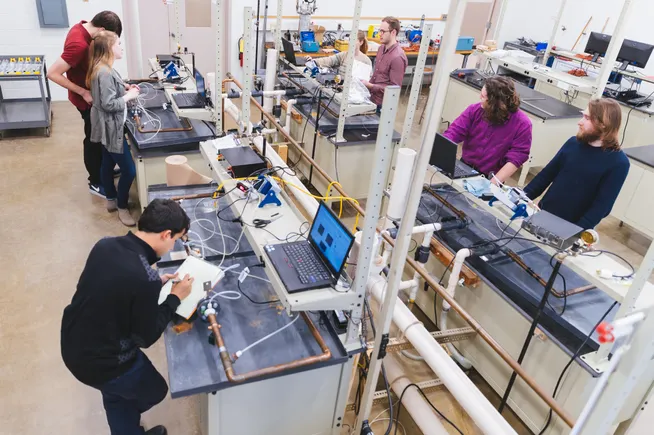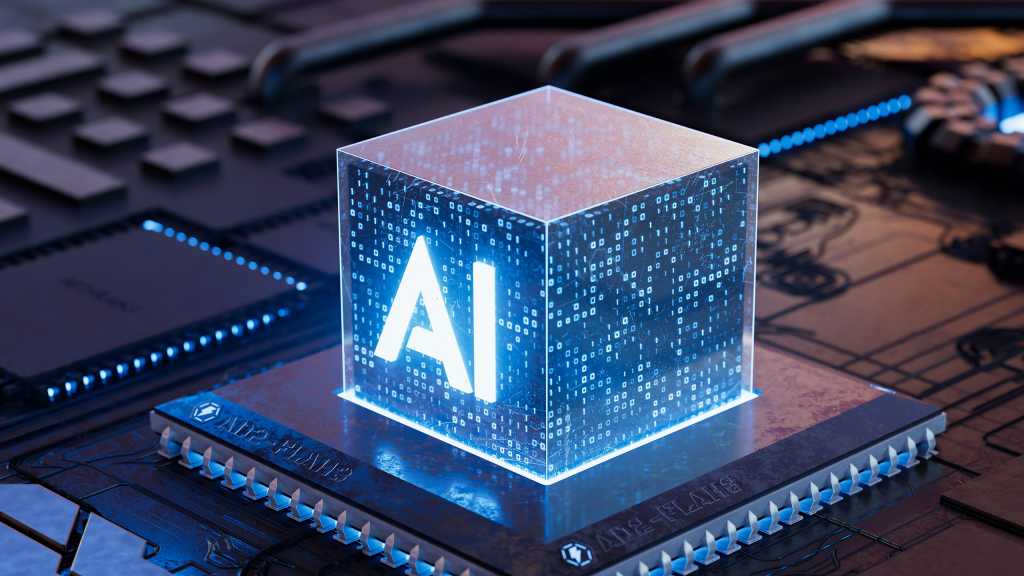SSE has started construction on its £400 million Strathy South wind farm in the Scottish Highlands after securing a Contract for Difference (CfD) in 2023.
SSE made a final investment decision on the 208 MW project in December last year, with early construction works now underway at the site near Sutherland.
The 35-turbine project is adjacent to SSE’s already operational 67 MW Strathy North site.
SSE secured a 15-year CfD contract for Strathy South in the UK government’s fifth allocation round (AR5), with the company aiming to commence operations in 2027.
Once complete, Strathy South will have the capacity to power around 200,000 UK homes with renewable electricity.
SSE Renewables managing director Stephen Wheeler said the start of construction on Strathy South demonstrates the firm’s commitment to the UK’s energy transition.
“At SSE we’re working hard to play our part to support the UK government in the delivery of the country’s most ambitious reforms to the energy system in generations, as set out in the UK’s clean power 2030 action plan,” Wheeler said.
 © SYSTEM
© SYSTEMSupplied by SSE Renewables
“We’re committed to delivering the clean power projects the UK needs now, whether through the delivery of our Berwick Bank offshore wind project or through new onshore wind farms such as Strathy South.
“Together, we can power change towards a new era of clean, homegrown energy.”
Danish turbine manufacturer Vestas will supply, install and commission all 35 of the wind turbines for Strathy South, with the project expected to support 125 full-time jobs at peak construction.
Strathy South demonstrates UK planning woes
The start of work on Strathy South comes nearly 20-years after SSE first announced proposals to develop a 77-turbine wind farm in 2007.
SSE later cut the number of turbines to 39 to limit its environmental impact and submitted amended plans to the Scottish government in 2013 and 2014.
However, Scottish ministers took until 2018 to approve the project, then in 2019 UK regulator Ofgem removed the renewable obligation certificate (ROC) scheme, threatening its viability.
In 2020, SSE again applied to Scottish ministers to vary the existing 2018 consent, which was approved in 2021.
The extended planning process comes as SSE continues waiting for approval from the Scottish government for its 4 GW Berwick Bank offshore wind project.
Elsewhere, the company achieved first power from its 103-turbine Viking onshore wind farm in Shetland last year.























